To make our advanced orthotic insoles, we use the highest grade of materials available globally. These include a wide variety of technical materials including PE, EVA, PE-EVA, PU, resin and specialized rubber made in France, Germany, Spain, Switzerland and the US to make our insoles.
Some of our awesome materials are listed below with a highly amplified view. They are either built into our insole modules or added after moulding as required.
Lighten Dynamique is a polyurethane foam having a unique chemical composition that enables it to have very low density while retaining good energy-release properties. It is both dynamic and light, making it suitable for sports like running or sports that involve running. It is a midly propulsive material.
Lighten Dynamique is one of the forefoot layers of our Multisport Standard insole modules. Because of its dual properties of providing cushioning and propulsion, this module works well for sports persons having forefoot pain.
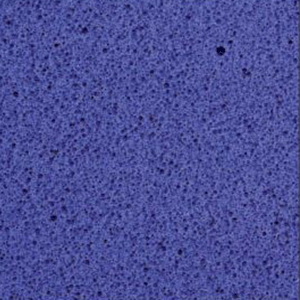
In terms of shock dissipation, Podiane + is the French equivalent of the Swiss shock absorber Noene, but with an additional element of comfort. It is an open-celled foamed rubber. It has a very high density of 700, which makes it extremely effective even over long durations. Its unique formulation containing polynorbornene based elastomers gives it its high cushioning and shock absorption properties. It’s excellent for high impact sports insoles.
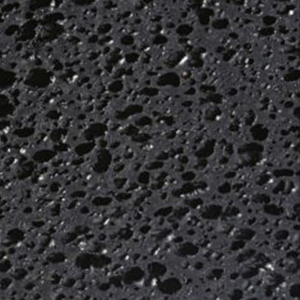
Manufactured in France, Dynatene is an exclusive formulation consisting of a blend of materials that include natural rubber. At a high density of 420, it has a rebound ratio of 60% with shore A hardness of only 18 making it a great dynamic comfort element. It is used in propulsive zones when active cushioning is the need.
Below is a video juxtaposing Podiane + (used for shock absorption during heel strike) and Dynatene (used for propulsive boost during the toe off phase) against each other to understand their respective properties and functions. Unfortunately it’s in French, but you can understand the message from the visuals.
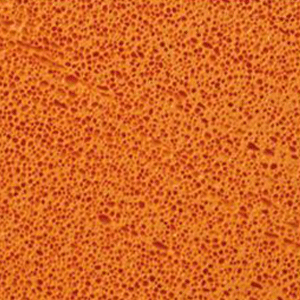
This material is the core of our fragile feet and diabetic insoles. This poron is designed for use in insoles for diabetic feet that should not have high pressure zones. Diabetic grade Poron has a composition that guarantees resistance to sensitive areas that need protection. This automatically redistributes weight pressure. Along with being firm, the material is also soft to provide comfort to patients having sensitive feet, or pain from corns and callocities.
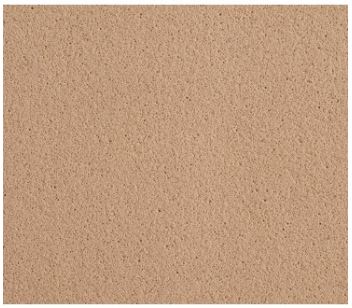
Poron XRD is known for its comfort when stationary, and its good shock absorbing properties during more intense activities. It is soft and flexible when relaxed and becomes rigid when under sudden impact, thus absorbing shock when the feet start moving. It is best suited for cushioning your morning walks. It is also a great comfort material for people who need to stand for prolonged periods. Below, you can see two videos, one comparing Poron XRD to the commonly used EVA cushions and the other comparing Poron XRD to other variants of Poron. Poron XRD is superior when it comes to shock absorption.
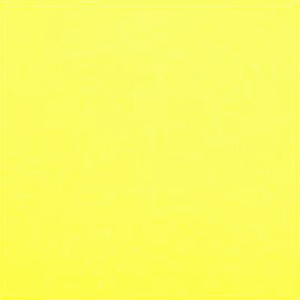
This is another variant of the American urethane foam Poron that is used as cushioning for extremely sensitive feet. It is meant to be used in cases where the fat pad of the feet has depleted and the patient is not very active and has limited mobility. It is mainly used in the forefoot region.
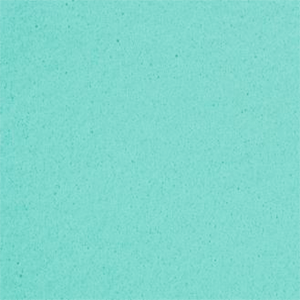
Made in the United States, Plastazote is a closed cell, cross-linked polyethylene foam made using a unique production process (nitrogen expansion technology) that leaves behind no chemical residue in the product. It’s a low density foam with exceptional cell size uniformity, low odour, high purity and outstanding physical attributes (tensile strength, yield strength, tear strength). Podiapro is one of the few users in India that uses this expensive but effective material in their insoles.
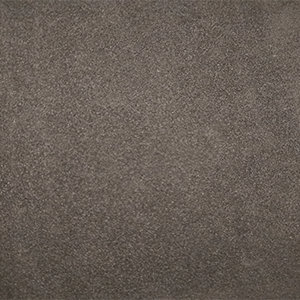
High quality material that comes in two variants – one for active protection and another one for passive protection. These are mainly used in protection in sports insoles when the patient has had a stress fracture. These are also used in the premium Diabetic insoles to protect the operated area post healing.
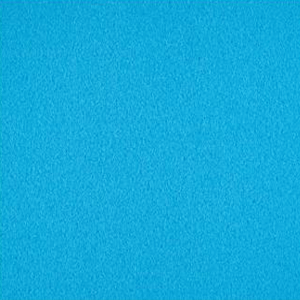
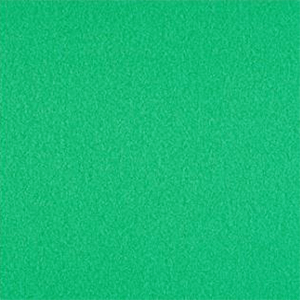
The ultimate material for the propulsion zone thanks to its specialized rubber structure, outstanding dynamic qualities and durability. It is a cellular rubber with very high density and this makes it extremely durable. Because of its excellent energy-release properties, it is an excellent propulsive material.
It is one of the layers in our Multisport Premium insole modules.
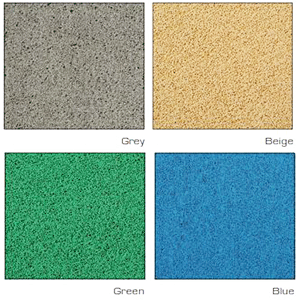
This is an extremely hard EVA foam that looks like cork, having a low density thus making it light weight. Since it is very resistant to compression, it is recommended to use to make orthotic insoles where postural correction is needed. It is a 100% EVA foam made by compression.
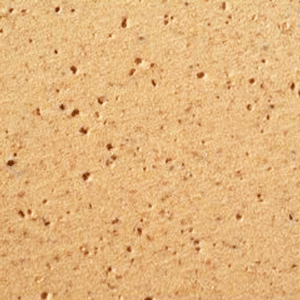
Made in Switzerland, this patented rubber is so far the best available shock absorber. It dissipates shock waves in just 1 or 2 mm thickness and has a very high density of 700 making it extremely durable. It is so good in absorbing shock that it protects not only the feet but also other joints such as ankle, knee, hip and neck.
We use Noene in many of our insoles as the primary shock absorber. It has shown to be very effective in cases of low back pain when supplemented with correctly moulded insoles. Here are a couple of videos that demonstrate the shock absorbing properties of Noene.
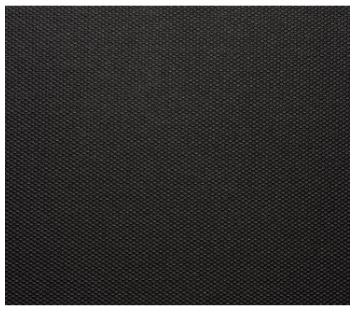
C 1, Gate No. 2, Shreyas Industrial Estate
Off Western Express Highway
Goregaon East
Mumbai, India